Security in NoCode platforms is an issue that causes a lot of debate. While some are skeptical, others recognize the significant benefits that these solutions can offer. But what makes NoCode platforms truly secure and how can they help companies maintain data compliance? In this article, we'll explore security and compliance in NoCode platforms, debunking common myths and providing useful information for small and medium-sized businesses (SMEs).
What Are NoCode Platforms?
NoCode platforms allow users to create applications and automate processes without the need to write code. They use intuitive interfaces and visual tools, making development accessible even to those without in-depth technical skills.
Security in NoCode Platforms
The most frequently asked question is: are NoCode platforms secure? The short answer is yes. When using a high-quality NoCode tool, your data is probably more secure than an internally managed solution with limited resources. Here's why:
- Integrated Compliance: Many NoCode tools comply with strict data protection regulations such as the GDPR in Europe. This ensures that the data is protected by default and design.
- Security Updates and Patches: The main NoCode platforms receive regular security updates and patches, thus protecting your data from emerging vulnerabilities.
The Challenges of Internal Security Management
Managing security internally can be complex and expensive. Some of the major challenges include:
- Limited Resources: SMEs often don't have enough resources to effectively manage security in-house.
- Compliance: Maintaining compliance with data protection regulations can be onerous and complicated.
To address these challenges, SMEs have two main options:
1. Security Outsourcing
Entrusting security to experts and large technology companies such as Google, Amazon and Microsoft can offer a higher level of protection. These companies have the resources to mitigate risks and ensure data security.
2. Using NoCode Tools
NoCode platforms provide integrated compliance and security management, reducing complexity and costs. These tools are used by thousands of companies in various industries, ensuring data protection and compliance.
Selection of NoCode Platforms
Not all NoCode platforms are the same. It is important to choose tools that manage your data properly, especially if you operate in Europe. Make sure the servers are located in the EU to comply with regional data protection laws.
📚 Key Take-Aways
- NoCode platforms can offer a high level of security and data compliance. - SMEs can benefit from the integrated compliance and regular security updates offered by these platforms. - Outsourcing security to large technology companies can be an effective solution for those with limited resources. - Choosing the right NoCode platform is crucial to ensure data protection.
💡 Our opinion
NoCode platforms have revolutionized security and business development. Here are our top choices to make it easier to manage your business:
- Xano: Manage your backend effortlessly.
- WeWeb: Easily customize your frontend.
- Make: Manage integrations and incorporate AI into your processes with ease.
Have you used NoCode tools in your company? What was your experience?
For more advice on automation, artificial intelligence and NoCode software development, contact us and let's build a better digital future together.




.avif)


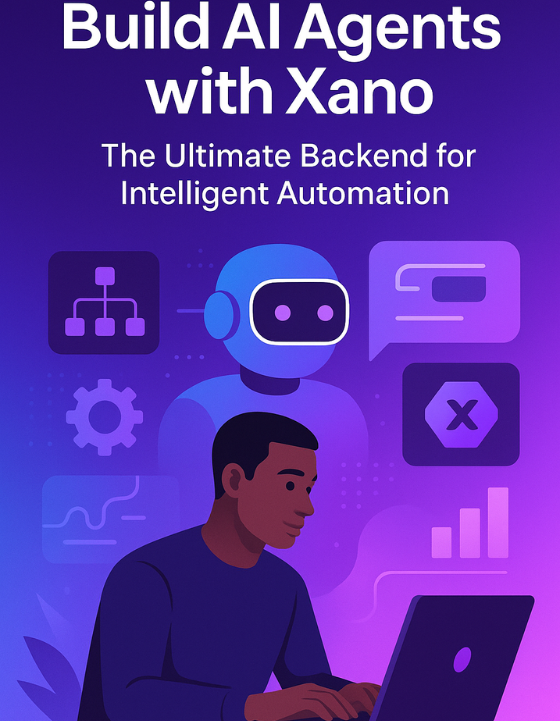
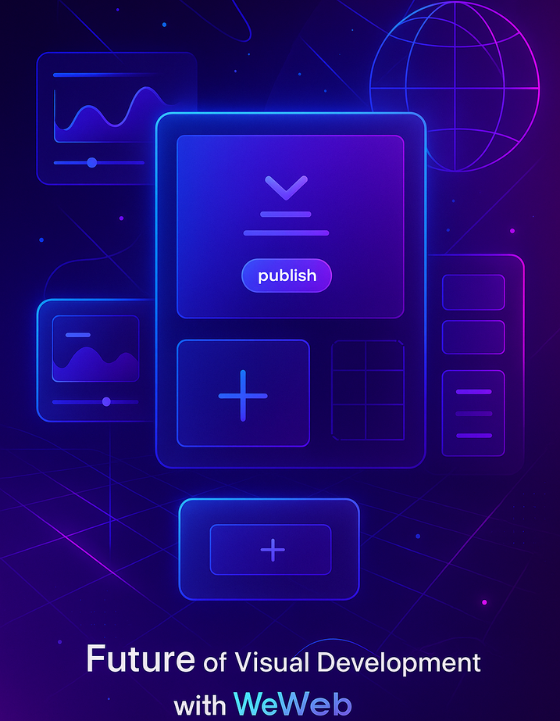
.png)
.png)
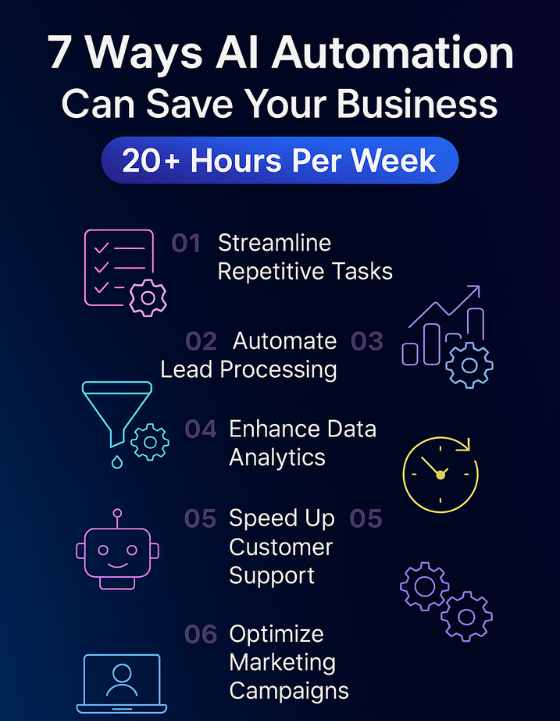
.jpg)
.jpg)
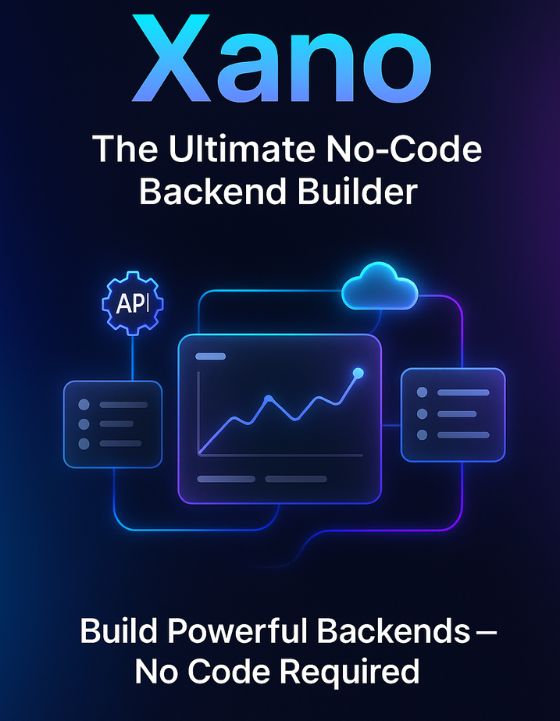
.png)
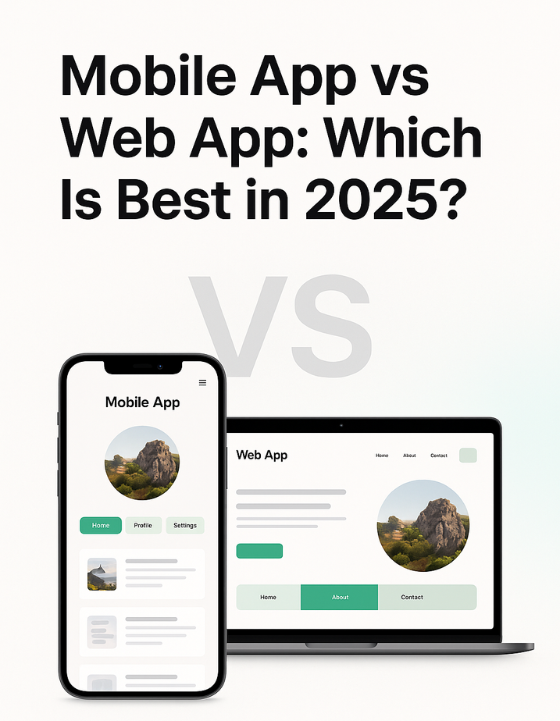
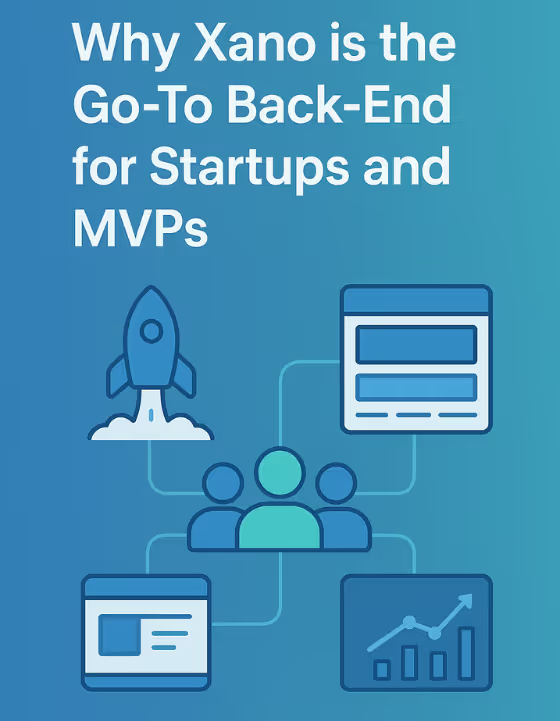



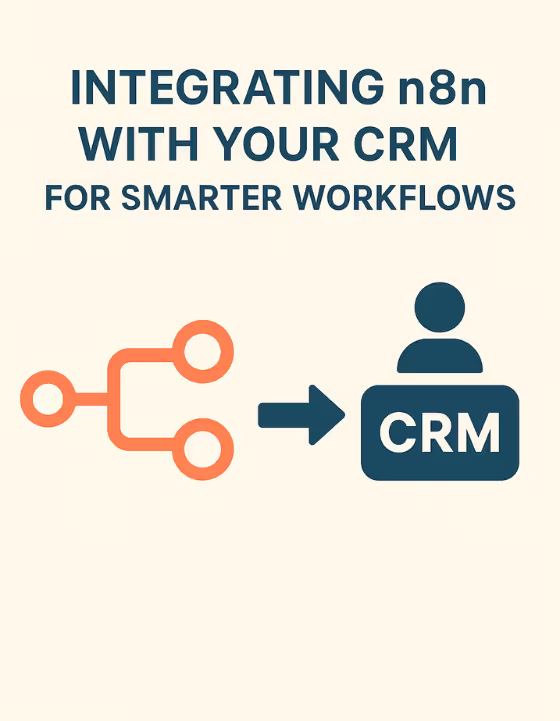
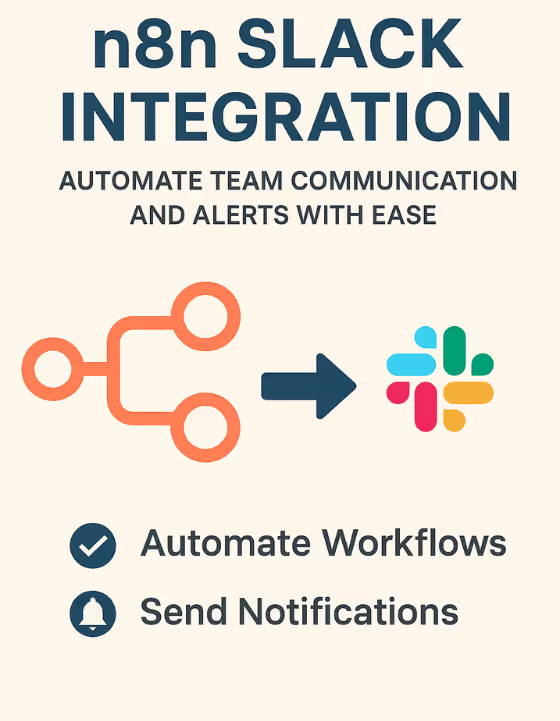














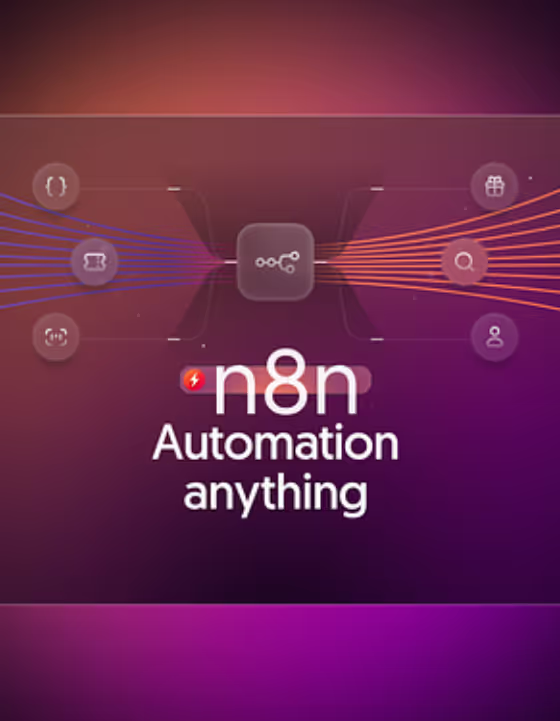


.avif)






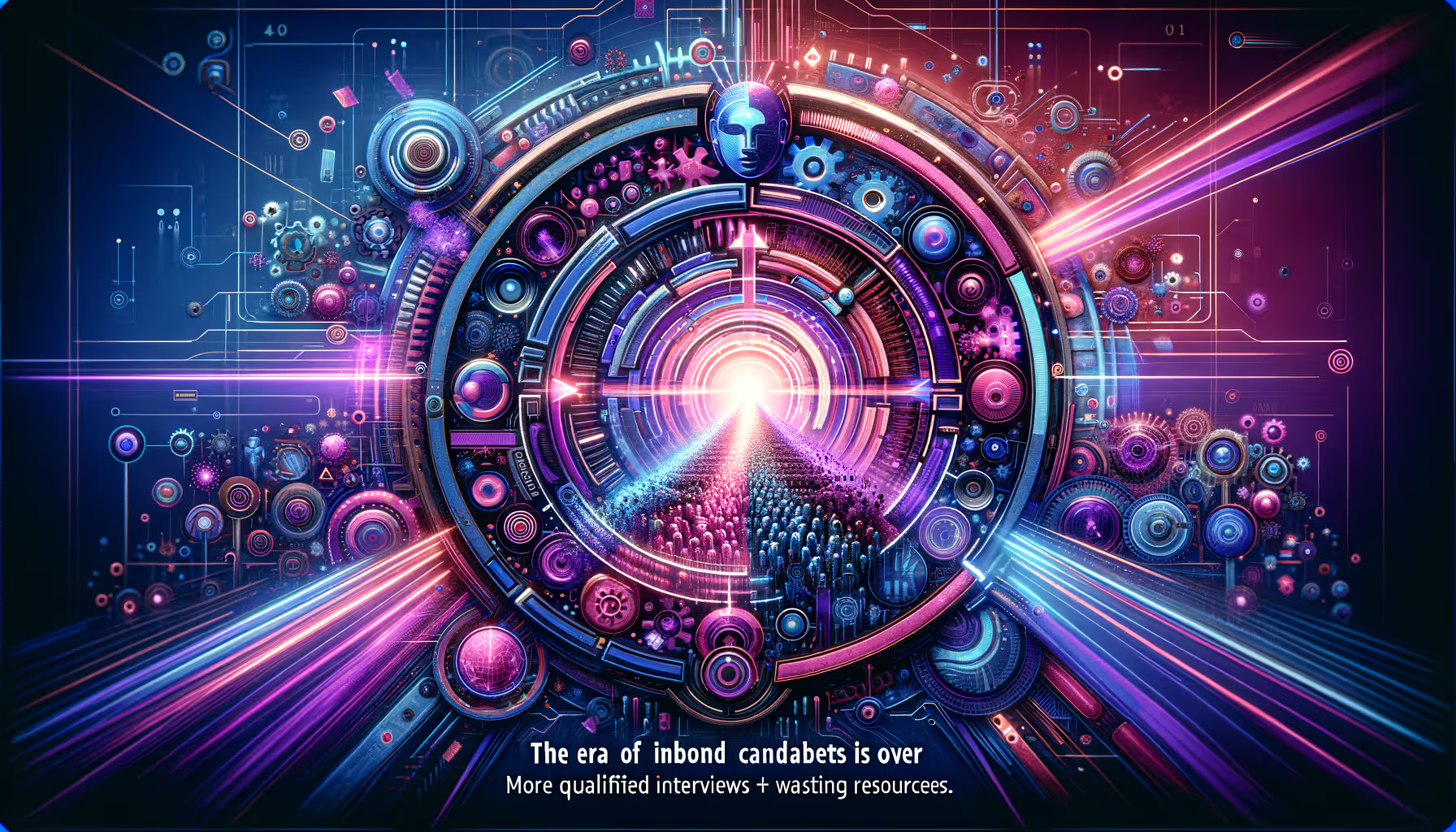
















.avif)














.avif)

.webp)





